The Turning Point: Ohio’s 2026 Potential Political Reckoning
Can Ohio Republicans Replace their Losing Moderates with Conservatives in 2026.
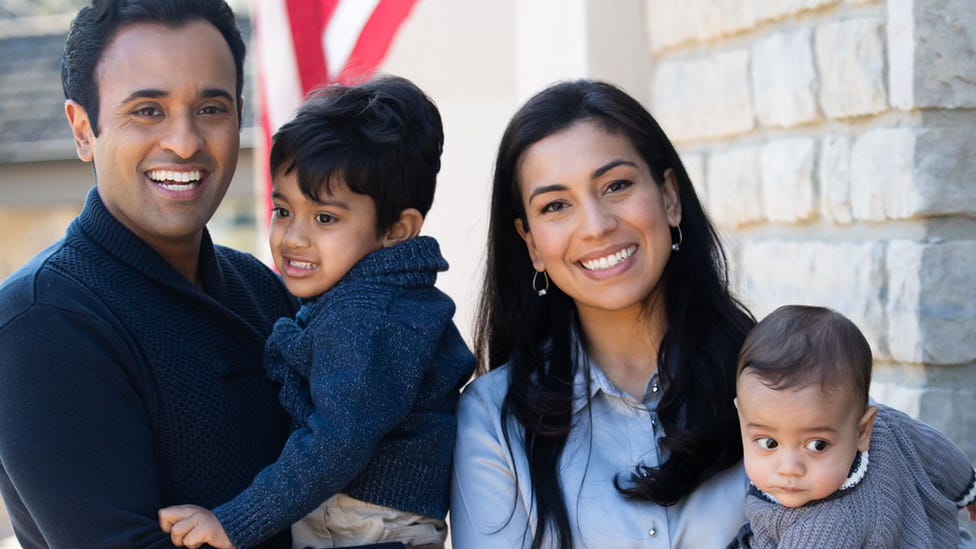
There are those—lobbyists, strategists, and power-brokers—who would have you believe that Ohio is a paradox. That the state, which has overwhelmingly embraced the likes of Ronald Reagan and Donald Trump, inexplicably insists on electing moderates to statewide office. That the Ohio electorate, which has repeatedly delivered landslide victories for conservative presidential candidates, somehow transforms into a body of moderates when faced with state-level decisions.
This is a lie. A fabrication spun by the self-appointed architects of power—those who have carefully engineered the status quo for their own benefit. The reality is not that Ohio voters demand moderation, but that the moderate Republican establishment has controlled the Ohio Republican Party for decades through dubious campaign finance laws, ensuring that only their candidates make it to the ballot. And the disjointed grassroots—tired, frustrated, disillusioned—have too often allowed it happen because it was almost impossible for them to unite and work as a team on anything.
For forty years, Ohio’s conservatives have thrown up their hands in exasperation, watching their party drift further and further from its core principles, forced to settle for candidates who are only marginally better than their Democratic opponents. And the result? A Republican Party that is Republican in name only—an entity that raises almost nothing in small-dollar donations, signaling that it garners little enthusiasm from the middle class and the very people it purports to represent.
But in 2026, the tide could be shifting. The establishment is fractured, its moderates in disarray, and for the first time in four decades, the grassroots will have a historic opportunity to seize control of the party.
The 2026 Battle for the Ohio Republican Party
The landscape of the upcoming 2026 gubernatorial race is evidence of the shifting sands.
Dave Yost, the fundraising powerhouse, enjoys a coalition of 60% moderates and 40% conservatives, straddling the fence in an attempt to unify both factions.
Frank LaRose is anticipated to enter the race, with polling indicating that in a head-to-head battle against Yost, Yost would emerge victorious.
And then, there is Vivek Ramaswamy, the conservative juggernaut whose entry completely upends the game—whether in a two-way, three-way, or four-way race, Vivek consistently leads the field in real-world polling and in focus groups.
The wildcard? Joe Blystone. A conservative favorite, but a potential spoiler for Ramaswamy. In a four-way race, Blystone’s presence could siphon enough conservative votes to give an establishment-backed candidate (Yost) the edge.
I myself have a hard time believing that rancher Joe Blystone will throw his hat into the ring after the wringer that the establishment put him through. The whispers in the corridors of power suggest that certain establishment figures—perhaps crown equipment magnet Jim Dicke — might attempt at some point to broker a deal with Blystone or another Conservative to kill Vivek Ramaswamy’s chances. A difficult offer to refuse a well funded campaign handed to you in a four way race, one that could divide the conservative vote and preserve the old guard’s grip on power.
Businessman Jim Renacci who is despised by the establishment is rumored to not throw his hat into the ring and is widely rumored to be an advocate for Vivek Ramaswamy.
And let’s not forget the wildcard in the Governor’s office itself. Mike DeWine, with the power to appoint a new Lieutenant Governor, could elevate a successor who positions themselves as a contender for 2026. His rumored shortlist includes Lydia Mihalik and Anne Vogel—both could help any gubernatorial candidate in the upcoming battle.
The Democrat Playbook: A Familiar Echo of the Past
On the other side of the aisle, the Democrats are laying the groundwork for their resurgence:
Sherrod Brown, the old warhorse, is expected to run for Governor, bringing along Shontel Brown as his Lieutenant Governor.
Amy Acton, former health director and pandemic-era figurehead, has entered the race and, in an astounding show of establishment complicity, is rumored that she will be endorsed by Republican governors Mike DeWine, John Kasich, and Robert Taft. She is anticipated to run alongside a retiring Democrat Congresswoman Joyce Beatty.
The lesson is clear: the establishment—on both sides—will always protect its own.
The Conservative Uprising in Ohio
The gubernatorial race is not the only battle brewing. The 2026 election presents unprecedented opportunities to overhaul Ohio’s political landscape:
Attorney General: Establishment favorite Keith Faber faces the potential rise of Warner Mendenhall, a conservative attorney who fought against COVID-19 mandates, and Andrew Mayle, a name gaining traction among donors. The possibility of former Ohio Supreme Court Justice Maureen O’Connor running as an independent or Democrat adds further intrigue.
Auditor: Conservatives are rallying behind names like Madison Gesiotto, State Representative Michele Reynolds, and Jim Renacci, all aligned with Vivek Ramaswamy’s vision for Ohio.
Treasurer: Mehek Cooke is the clear frontrunner, polling well ahead of Congressman Tim Ryan, who is rumored to be running with the backing of the Ohio Chamber of Commerce’s Steve Stivers. If Cooke does not run, Ohio State Senator Stephanie Kunze is the next favored contender.
Secretary of State: Establishment favorite Robert Sprague has pivoted to this race instead of the Governor’s office, now facing competition from Niraj Antani, Kristina Roegner, Theresa Gavarone, Douglas Frank, and a grassroots-backed John Adams, who leads all polling in a four-way contest.
The Real Battle: The Ohio Republican Party Itself
Perhaps the most pivotal race in 2026 is not for an elected office, but for control of the Ohio Republican Party itself.
Chairman Alex Triantafilou has lost the confidence of the grassroots and his situation is not good with the status quo as well. His leadership has been defined by rubber-stamping establishment decrees, enriching special interests, and alienating the conservative base. With Ramaswamy entering the race, the calls for Triantafilou to step aside are growing louder.
The fight for State Republican Central Committee seats will determine whether Ohio’s Republican Party remains a playground for moderates or returns to its conservative roots. Several names have emerged as potential replacements for Triantafilou, including:
Peter Kirsanow (Cleveland, OH)
Former Lt. Governor Mary Taylor (Akron, OH)
Kathy Grossmann (Mason, OH)
State Representative Tim Barhorst
Gary James (Columbus, OH)
Nino Vitale (Urbana, OH)
This is not merely a battle of candidates—it is a battle of ideology, integrity, and the soul of the party.
The Conservative Revolution is Now
For decades, Ohio conservatives have been told they cannot win. That moderation is the only path forward. That a true conservative cannot succeed in statewide races.
This has never been true. It has only been engineered to appear that way.
But in 2026, the machine is breaking down. The establishment is at war with itself. The funding streams are drying up. The moderates are fighting for survival.
And for the first time in decades, the grassroots have a chance to take control.
The question is not whether Ohio is ready for conservative leadership. The question is whether Ohio’s conservatives are ready to seize the moment. The movement must unite and put petty squabbles aside and quit whining about things and get things done.
Because if they do—2026 will be the year the lie is finally shattered.


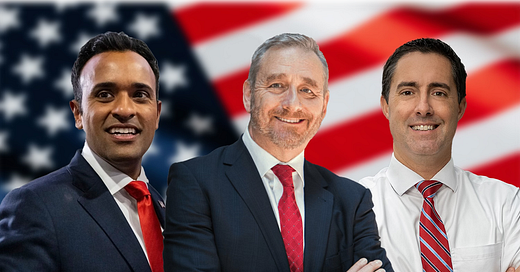



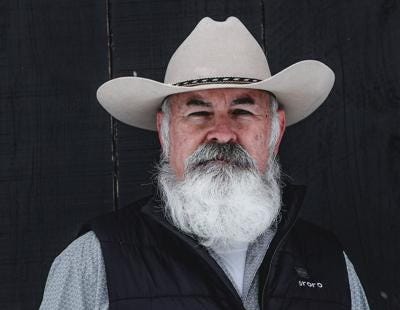
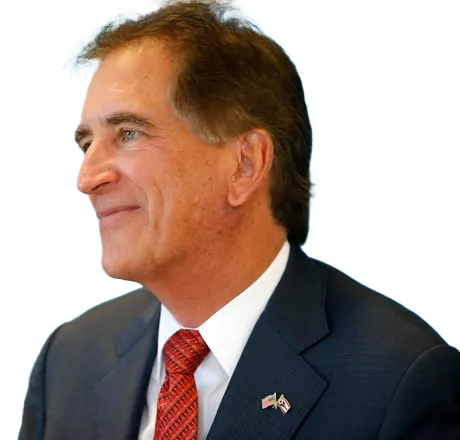




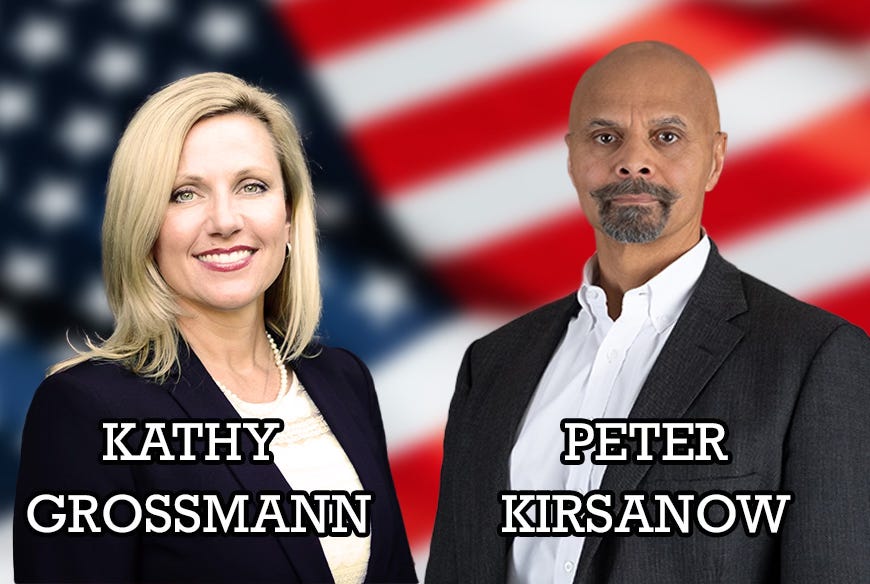
I will be voting for the one that Donald Trump endorses
Heck after some of my own research, the only one’s I could even come close to getting excited about is Joe Blystone and Warner Mendenhall and knowing how the system is set up and how many people go along to get along both would be hard pressed to get very far.
Not to even mention our elections have been fixed yet.
It’s been a rigged system for many years. Trump was telling it was rigged in 2012.